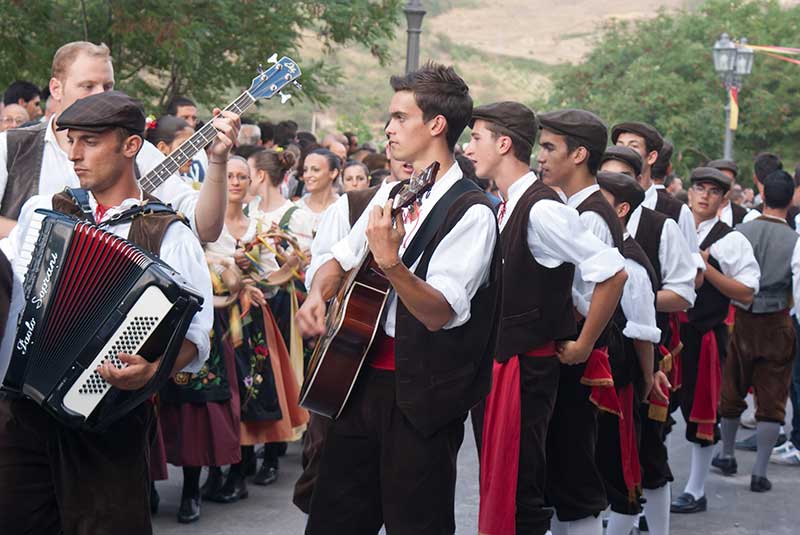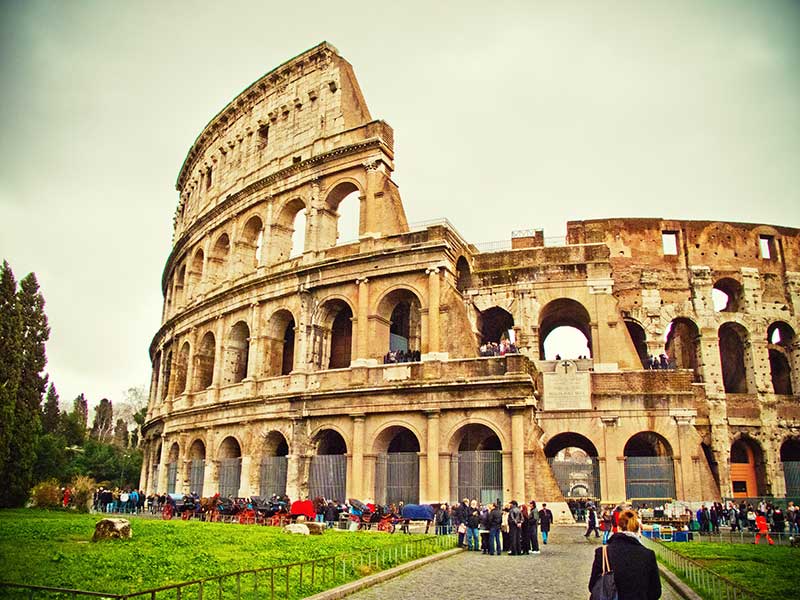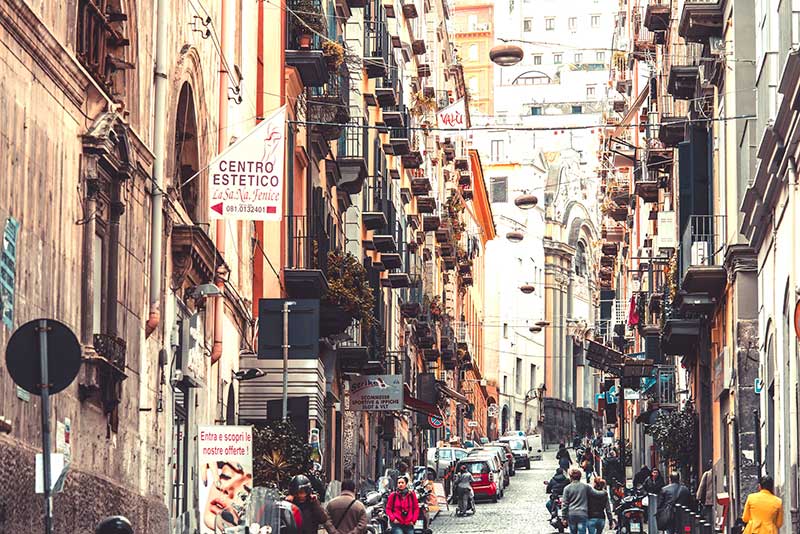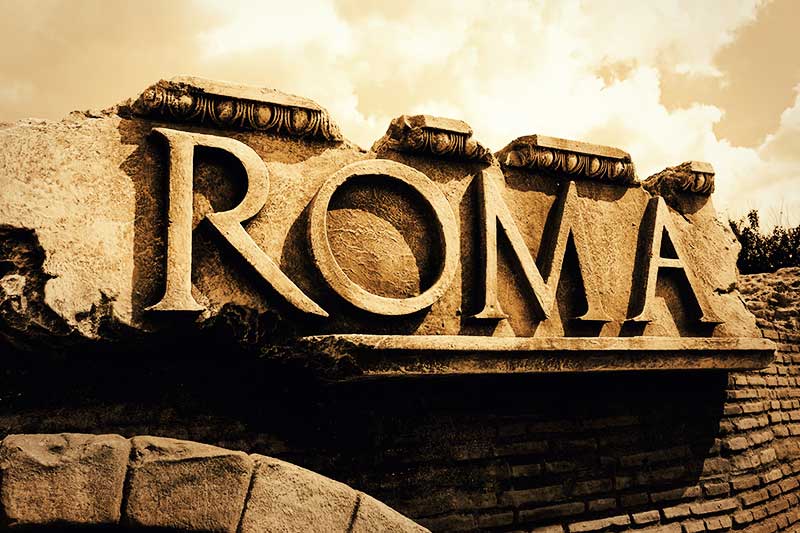The very fact you’re reading this article right now means you are or feel connected in some way to Italy and that you, very likely, love this amazing country. Sure, it’s far from being perfect, but what place really is?
What’s nice about Italy’s many idiosyncrasies, however, it’s how often they turn into yet another reason to love it. Take, for instance, the way Italy’s regions are so different from one another and how proud each of them is of its very own heritage and traditions. Italy is one country, but there are certainly many “Italies” within our borders, all beautiful and all Italian, the result of a historical and cultural heritage that created a truly unique country, with a truly unique culture.
Let’s take a look at some of Italy’s most well known contentions, starting from the most famous of them all, that between North and South, all the way through traditional sports’ rivalries like that between Inter Milan and FC Juventus. There are cities that make a point of rising above one another from a financial and cultural point of view, and others fighting over which created Italy’s most ubiquitous dessert, tiramisù.

What’s nice about Italy’s many idiosyncrasies, however, it’s how often they turn into yet another reason to love it, like the most famous of them all, that between North and South ©Dreamstime
North and South
Northerners and Southerners are different, and there is nothing wrong in admitting it. People in the North tend to be a bit more reserved, while people in the South are friendly and expansive. People in the North sometimes feel overwhelmed by Southerners’ warmth, while Southerners find Northerners cold and detached. The South unanimously think their cuisine is the best, while the North points out that, ahem, we-do-have-some-amazing-stuff-too, thank you very much. And the sea. The sea! Nothing compares to Apulia and Calabria’s white beaches, you hear Southerners say, only for Ligurians echoing their riviera is the most charming in the country, so much so poets and artists wrote about it for centuries.

What’s nice about Italy’s many idiosyncrasies, however, it’s how often they turn into yet another reason to love it, like the most famous of them all, that between North and South ©Dreamstime
Just as it happens in all siblings’ diatribes, both sides have their good points and, well… in the end, they are both right. Truth is you can’t tell the South is better than the North or vice-versa: but you must accept we Italians we’ll keep discussing about it for ever.

Italy, the land of many rivalries: Rome versus Naples is one of the most popular! ©Dreamstime
Rome and Naples
Just like Northern and Southern regions, there are cities in Italy that like to bicker with one another from time to time. Our capital, Rome, has had an ongoing rivalry with beautiful Naples for centuries. You can expect it, as the two cities are used to be capitals: Naples was head of her own Kingdom and Rome, well… Rome had her own Empire. Both cities compete also in matters of beauty and art and notably argue about which of the two has the higher number of churches (Rome wins here, with over 200, but Naples follows at about 130: she isn’t called the città dalle mille chiese for nothing).

Italy, the land of many rivalries: Rome versus Naples is one of the most popular! ©Dreamstime
And as you would expect in Italy, a country that over calcio feuds has built a culture, soccer is another reason for contention between the two: SS Roma and Napoli are great rivals in Serie A.

When we talk about Italian soccer, the rivalry between Inter and Juve is a classic ©Dreamstime
Inter Milan and FC Juventus
Speaking of soccer rivalries, the one between the Old Lady, FC Juventus, and Inter Milan is the stuff of legends. First of all, the two teams have an enormous amount of scudetti (Italian championship titles), 35 for Juventus and 18 for Inter Milan, as well as a plethora of international cups. We’re talking Italian football royalty here, so it’s not surprising there’s a bit of beef between the two teams. But it’s even more than that, because the cities the two squads belong are also known to compete with each other. Since the 1950s, when the Italian economic boom had started, Turin and Milan fought hard to win the title of main industrial pole of Italy, the first using FIAT as her main weapon, the second Pirelli, Saras and many other companies. And what’s even more interesting is that for decades the two teams belonged to the families that most represented this industrial rivalry, the Agnellis of Turin — owners of FIAT — and the Morattis of Milan — owners of Saras.

Where was the tiramisu born? Another Italian rivalry ©Dreamstime
Turin, Siena, Treviso, Emilia Romagna and the endless diatribe over the birth of Tiramisù
Ok, we all know tiramisù. It’s so popular around the world it’s almost too much. Just like pizza, it became synonym with Italian food and it’s often mentioned as an example of Italian desserts. Tiramisù is a very simple dish to make, there is nothing really complex about it, and many a variation on its sponge-cream-aromatic liquid trio has been created throughout the years. However, mystery still surrounds its origins, a mystery that created some heated debate among some of Italy’s nicest cities. The first town to claim tiramisù as her own is Siena, where a very similar dessert was created in honor of Cosimo III de Medici’s visit sometimes in between the 17th and 18th century. Detractors of this theory mention how mascarpone wasn’t used in Siena’s kitchens at the time, as well as the difficulties associated with its transport from Lombardia, its region of origin, to Tuscany.
Taking a leaf off Pellegrino Artusi’s own La Scienza in Cucina e L’Arte di Mangiar Bene, some think tiramisù comes from Emilia Romagna: Artusi mentions a dessert called Dolce Torino, typical of his own region, quite similar to our star. One big problem, though: butter was used instead of mascarpone. Speaking of Turin, the Piedmontese city has her own claim on the origin of tiramisù: indeed, it may have been a local chef to invent it specifically to give a quick pick me up to Camillo Benso Count of Cavour — one of the fathers of Unified Italy — during his long, extenuating days as a minister.
However, the real fight over the birth of tiramisù is the one between the Friuli Venezia Giulia and Veneto regions. Many support the theory according to which the dessert was created by pastry chef Roberto “Loly” Linguanotto, at the Alle Beccherie restaurant in Treviso, sometimes in the 1960s. For a long time, this theory was considered the most realistic, until Friuli Venezia Giulia said “no!” The people of Tolmezzo claim tiramisù was born as a variation of Artusi’s own Dolce Torino (see above) in local hotel Albergo Roma, where owner and chef Norma Pielli switched butter with mascarpone, thus creating Italy’s most famous dessert.
And here comes the final twist… Some Carminantonio Iannaccone maintains he created tiramisù in the 1970s, when he lived and worked in Treviso. Iannaccone is today a citizen of the US, so we can openly claim Italy’s rivalries made it all the way across the Atlantic!































